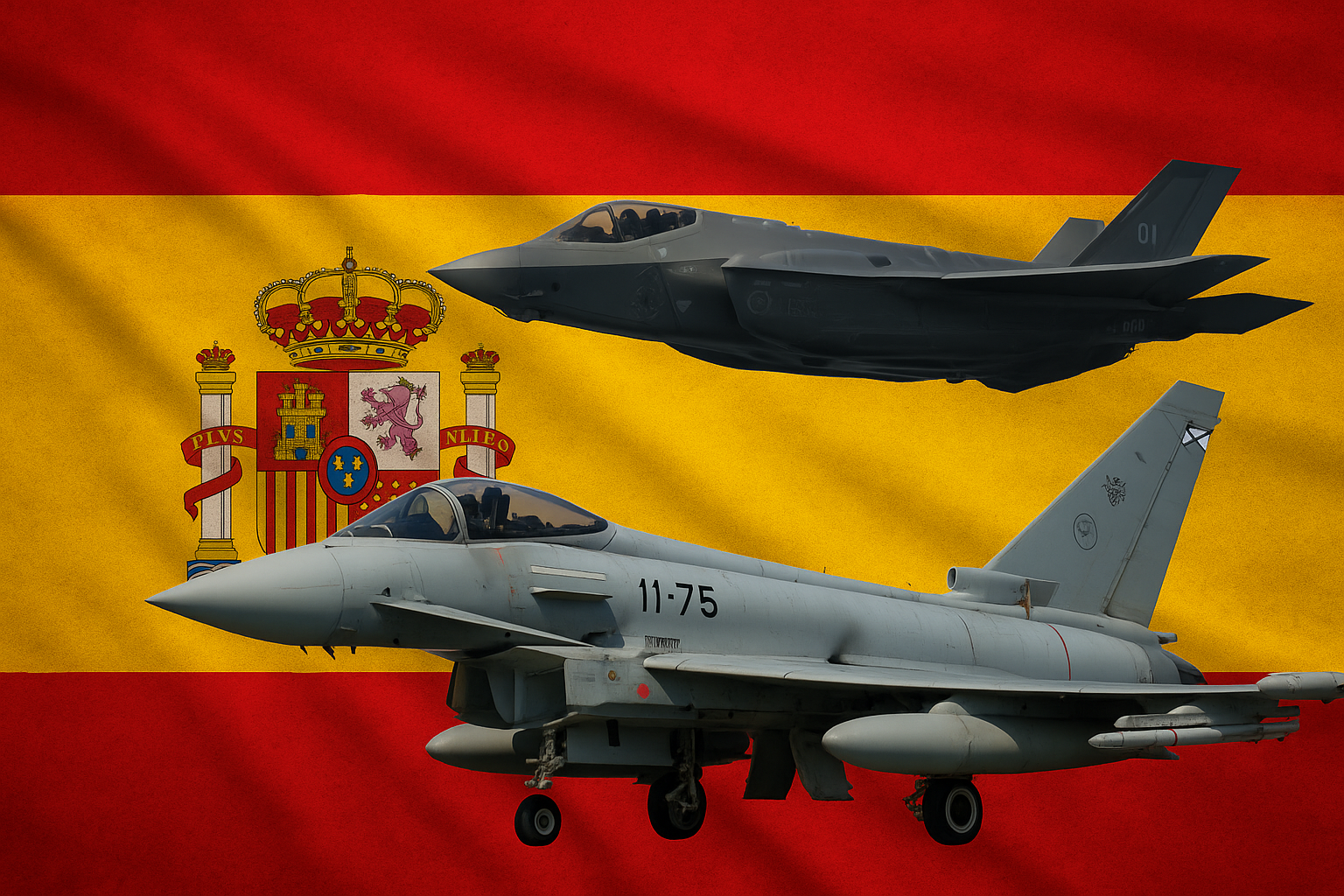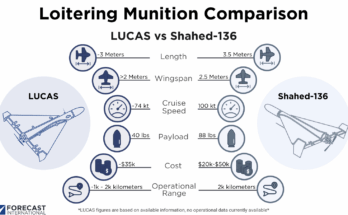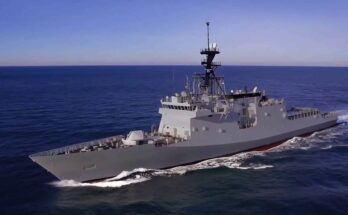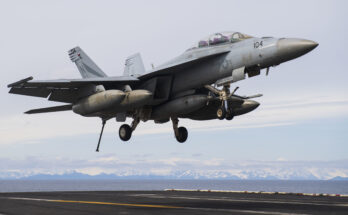
The Spanish Ministry of Defense has confirmed to news outlets that it will not seek to replace any of its combat aircraft fleet with the Lockheed Martin F-35 fighter. Instead, the MoD stated, Spain will look to European solutions to meet its jet fighter requirements.
The decision is seen by observers – and particularly media sources – as a sign of underlying tensions between Madrid and the U.S. administration of President Donal Trump. Without question, European NATO partners of the U.S. have been alarmed and frustrated by the Trump White House since his return to office in late January.
Scared that Washington’s commitment to the NATO Alliance is conditional and not absolute, put off by the indelicate style of diplomacy emanating from the White House, and sensitive to public perception that they are being bullied by the Trump administration, leaders across Europe find themselves navigating difficult waters.
Throw in Trump’s comments about Spain’s refusal to join with NATO allies and pledge to increase its military expenditure to 5 percent of GDP (by 2035) as “terrible” and the sense of strain between Washington and Madrid becomes palpable. Add to that a government that is ideologically at loggerheads with that of the White House and one can see why Spain would be willing to spurn a U.S.-sourced platform for European alternatives.
However, there are other factors. Spain is home to a significant aerospace sector spearheaded by Airbus Defense and Space. It is also a partner in the trilateral Future Combat Air System (FCAS) initiative aimed at developing a sixth-generation airborne combat system. So, in essence, Spain stating it intends to procure more Eurofighters (to support local industry) and future FCAS systems (to advance its aerospace technological and military capabilities) makes sense beyond the specter of mere politics.
The flip side in this is that Spain would be acquiring a less-capable platform (Eurofighter) to build out military capacity in the short term until the FCAS is fully developed, brought into serial production, and comes online in Spanish Air and Space Force service. The latter prospect comes with many asterisks, including whether all involved parties – France, Germany and Spain and their respective industrial leaders (Dassault for France, Airbus for Germany and Spain) – can resolve their differences and move the program ahead.
Spain is looking to replace not only the Air Force’s legacy EF-18A classic Hornet fleet delivered in the late 1980s and scheduled for retirement by 2030, but also its smaller fleet of AV-8B Harrier “jump jets” utilized by the Spanish Navy set for withdrawal at the same time.
The latter replacement would logically mean the F-35 ‘B’ short-takeoff and vertical lift (STOVL) variant, which would provide Spain’s Navy with a successor combat aircraft to operate from its amphibious assault ship, Juan Carlos I.
The F-35A, meanwhile, could replace the EF-18As with an advanced capability that no European platform currently provides.
Spain has sent mixed signals about its F-35 intentions in the past, both ruling it out and teasing a possible order. With the minority government of Prime Minister Pedro Sanchez in an increasingly weakened position, it might be premature to expect the latest declaration to be the final word on the subject.
Dan Darling is Forecast International’s director of military and defense markets. In this role, Dan oversees a team of analysts tasked with covering everything from budgeting to weapons systems to defense electronics and military aerospace. Additionally, for over 17 years Dan has, at various times, authored the International Military Markets reports for Europe, Eurasia, the Middle East and the Asia-Pacific region.
Dan's work has been cited in Defense News, Real Clear Defense, Asian Military Review, Al Jazeera, and Financial Express, among others, and he has also contributed commentary to The Diplomat, The National Interest and World Politics Review. He has been quoted in Arabian Business, the Financial Times, Flight International, The New York Times, Bloomberg and National Defense Magazine.
In addition, Dan has made guest appearances on the online radio show Midrats and on The Media Line, as well as The Red Line Podcast, plus media appearances on France 24 and World Is One News (WION).




